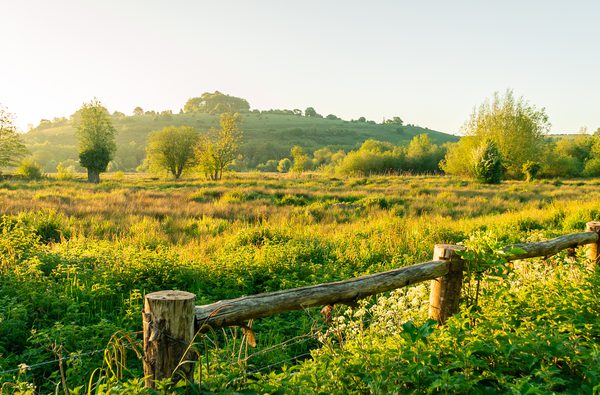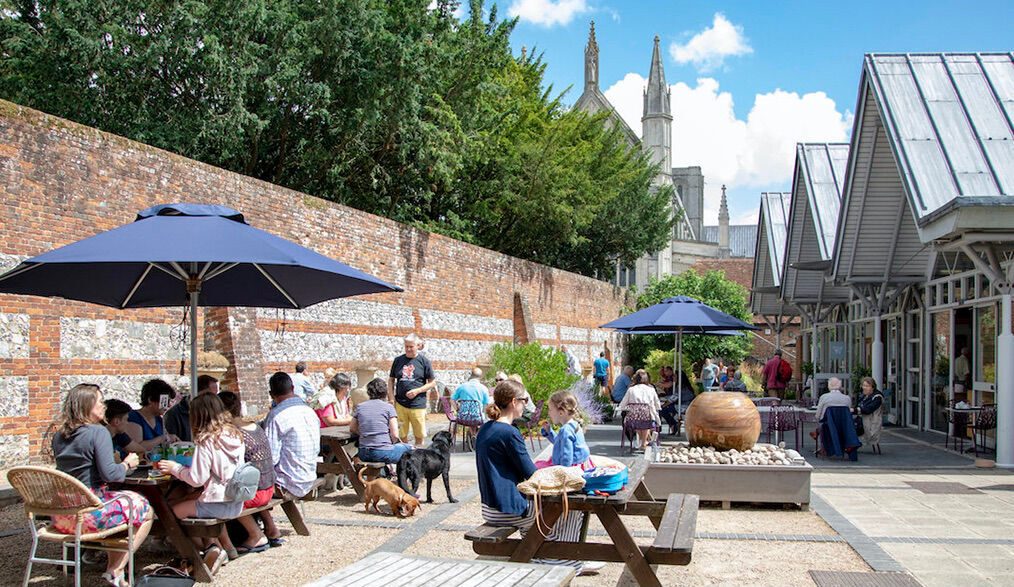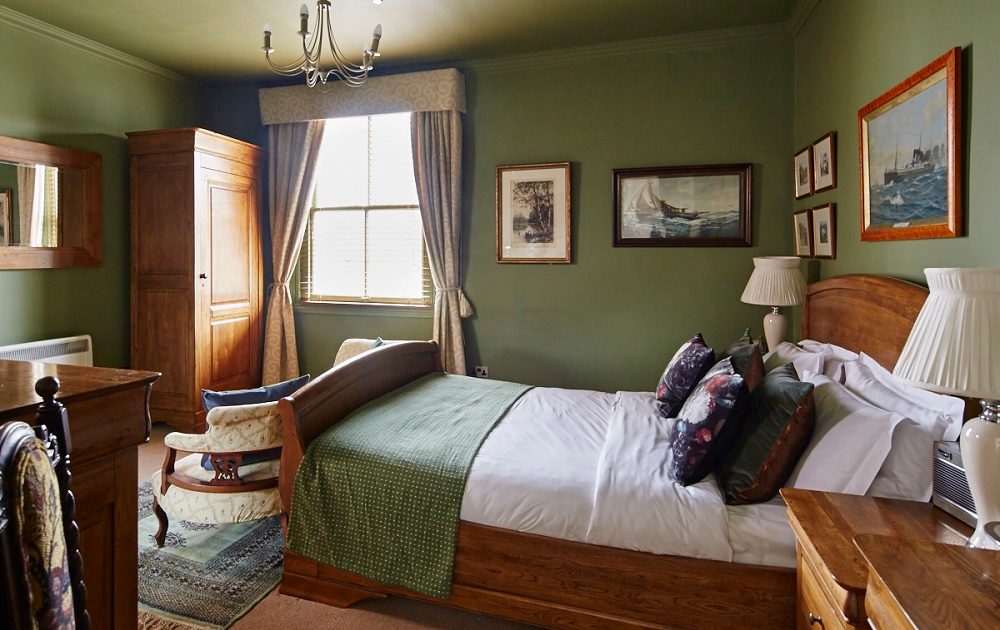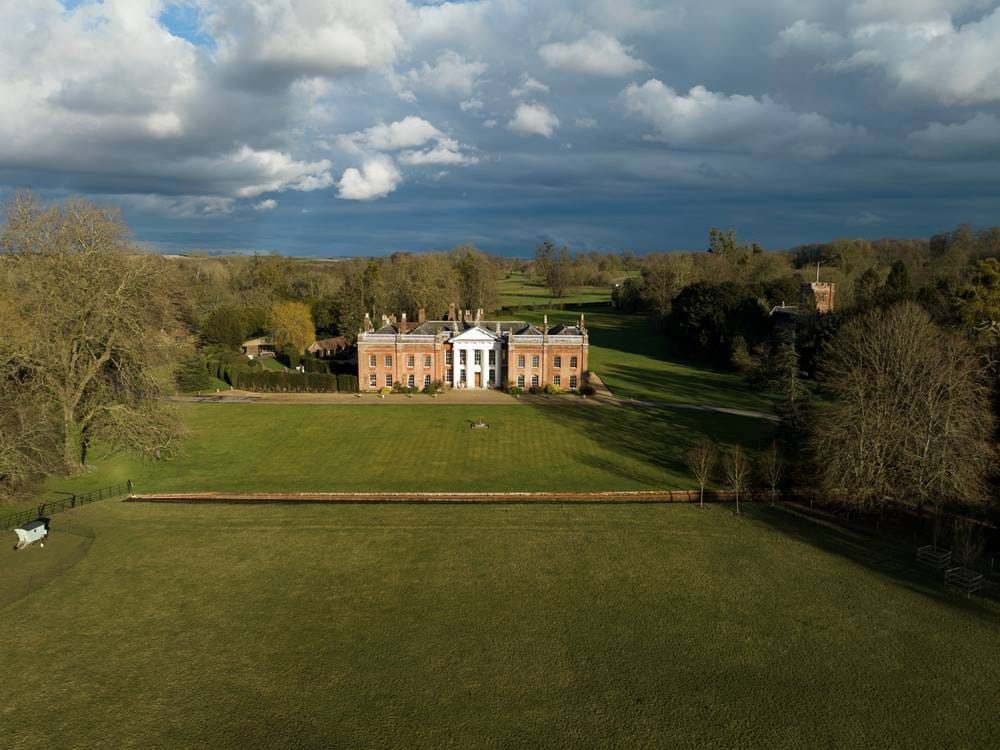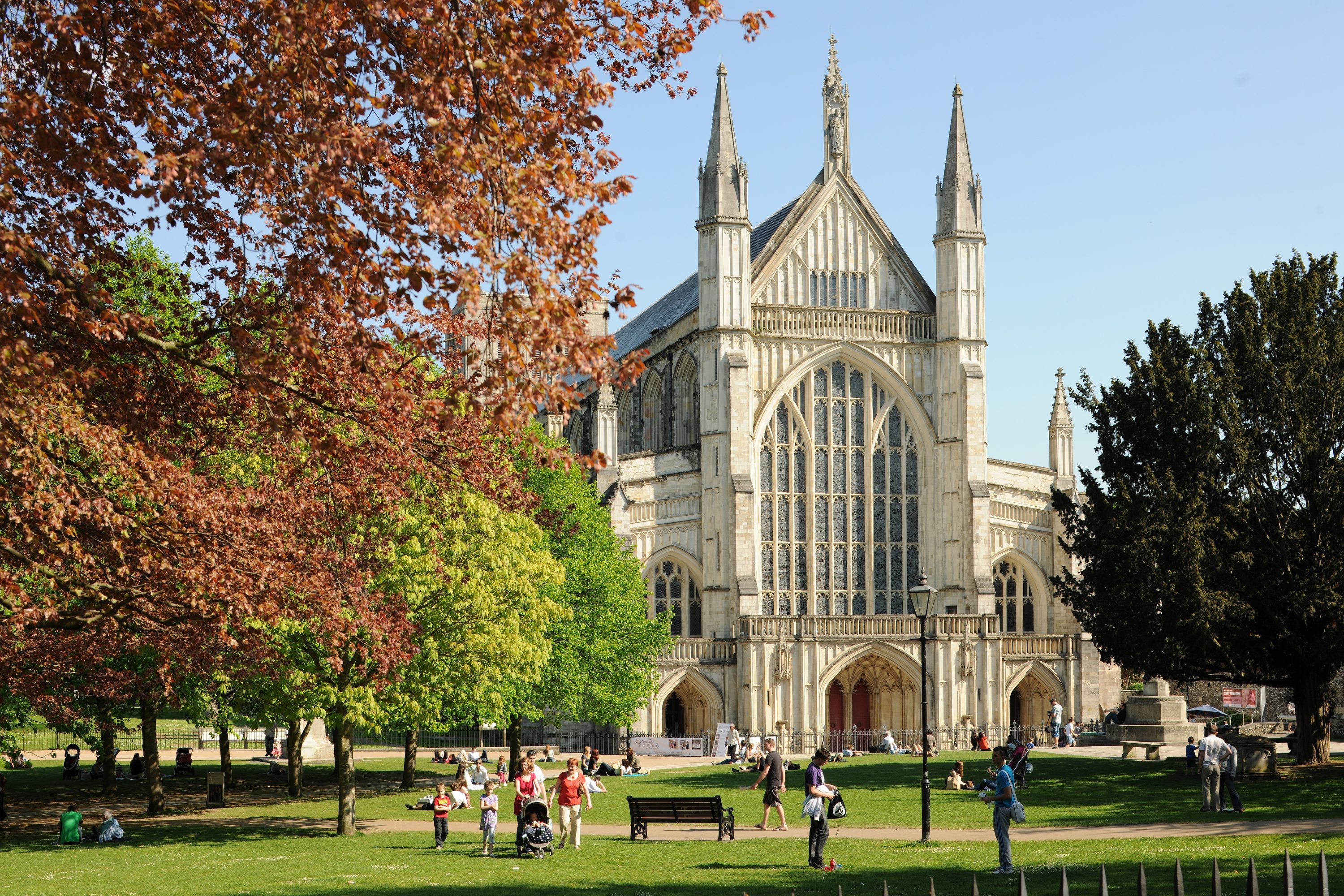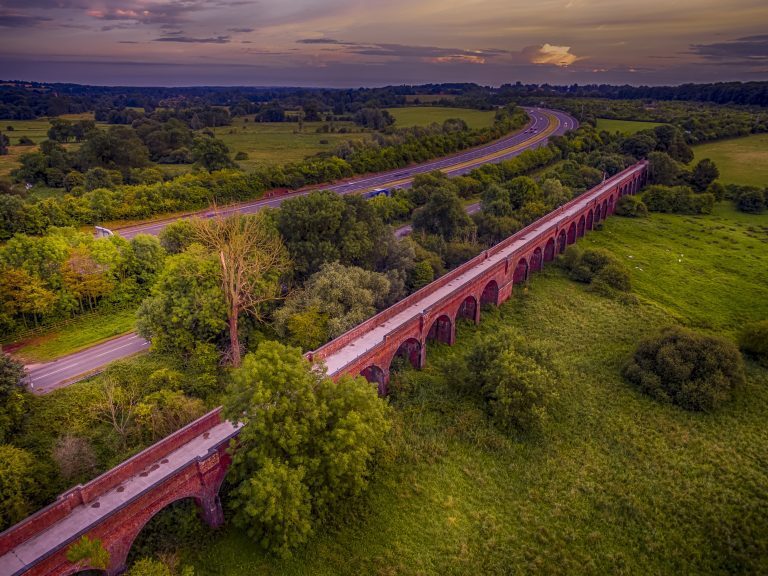Passing through Winchester, The St James’ Way follows a medieval pilgrimage route that is part of the Camino de Santiago
If you're looking for interesting walks near Winchester, consider following The St James' Way, a walking route waymarked in 2022, which follows in the footsteps of the medieval pilgrims who used to walk from the south of England to Santiago de Compostela in Spain.
The St James’ Way runs between Reading and Southampton, reviving a historic English pilgrimage route with modern waymarking and a new guidebook. You can walk the entire 68 mile way, or it's easy to pick up a section of the route for a historic wander through Winchester countryside.
The St James’ Way is one of the UK legs of the world-renowned pilgrimage route, the Camino de Santiago. Designed for modern-day pilgrims and walkers interested in retracing the historic route, it can be walked in stages or over five days.
The route links to the ‘Camino Ingles’, the final part of the pilgrimage in north-west Spain and one of the main seven official Camino de Santiago routes.

The path passes through Alresford and follows the St Swithun’s Way west to Winchester, England’s capital under the Saxons. Walkers will first come to St Bartholomew's Church, where a milestone marker can be spotted, which marks 100 kilometres 'to go' on foot, as well as Hyde Abbey, of which the Gateway and gardens remains. The route then passes Winchester Cathedral, which was a Benedictine foundation, of which several buildings, including the Pilgrims’ Hall, survive. Also Benedictine is nearby St Mary’s Abbey, also called the Nunnaminster, of which some foundations can be seen.

Walkers can then continue out of Winchester, past ancient Winchester College and along the river Itchen past the Hospital of St Cross, which still gives out a dole of bread and beer to travellers. The route then follows the Itchen past Shawford and through Twyford Moors, before passing Southampton airport and on to Southampton.
In the 13th and 14th centuries, medieval pilgrims would have visited Reading Abbey to see the Hand of St James, the most important relic owned by the Abbey. From there they would have continued their pilgrimage through modern-day West Berkshire and Hampshire to Southampton before boarding ships to the north-west coastal cities of A Coruña or Ferrol to walk the remaining 75 km / 113 km respectively to the world-renowned cathedral at Santiago which holds the tomb of St. James, a disciple of Christ and one of the most revered saints for Christians.

The St James’ Way has been waymarked by the Confraternity of St James (CSJ), a volunteer-run organisation dedicated to promoting the camino experience in the UK and Spain, with support from the A Coruña Province Council and the Xunta de Galicia (or Galicia Regional Government). The distinctive dark blue waymarkers with yellow arrows and a scallop shell – the symbol of St. James used on the Camino de Santiago – will help pilgrims, walkers, and families who set out along the route to enjoy their experience and keep on track.
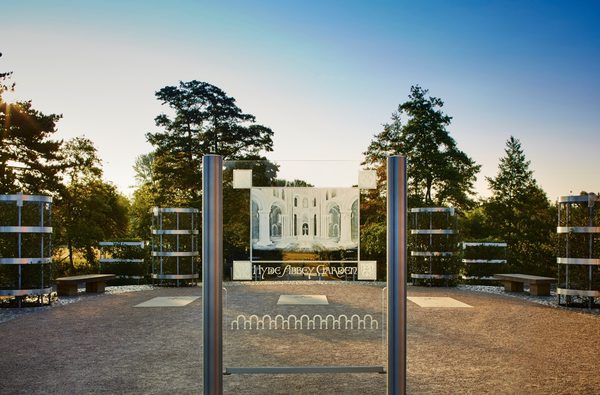
What do I need to walk The St James' Way?
Walkers are free to traverse the route or sections of the route with no prior preparation simply by following the route markers.
However, if you're setting off on a modern-day pilgrimage, a guide to St. James’ Way and a pilgrim passport are essential kit. These can be obtained from either the Confraternity of St. James or Reading Museum.
Pilgrims who continue on to Spain must present their passports filled with stamps obtained at churches, cafés and hostels along the way to the Pilgrim Office in Santiago to receive a devotional “Compostela” certificate, acknowledging their achievement and the distance they have walked. Along the St James’ Way, pilgrim stamps are available at the departure and end points as well as churches and 13 pubs enroute.
To learn more, visit the Confraternity of St James, caminoingles.gal or Visit Reading.
What is the Camino de Santiago?
The Camino de Santiago is a network of ancient pilgrimage routes across Europe that lead to the tomb of St James in Santiago de Compostela, Spain. In modern times, the Camino de Santiago pilgrimage route in Spain is one of the most travelled long-distance walking routes in the world with over 350,000 people a year travelling to Santiago from different parts of Europe and beyond. The Camino de Santiago is walked for religious, spiritual and cultural reasons, while others undertake the long-distance route as a physical challenge. The St James’ Way provides an accessible route for walkers and pilgrims to experience a UK-leg of the route before completing the route in Spain.
